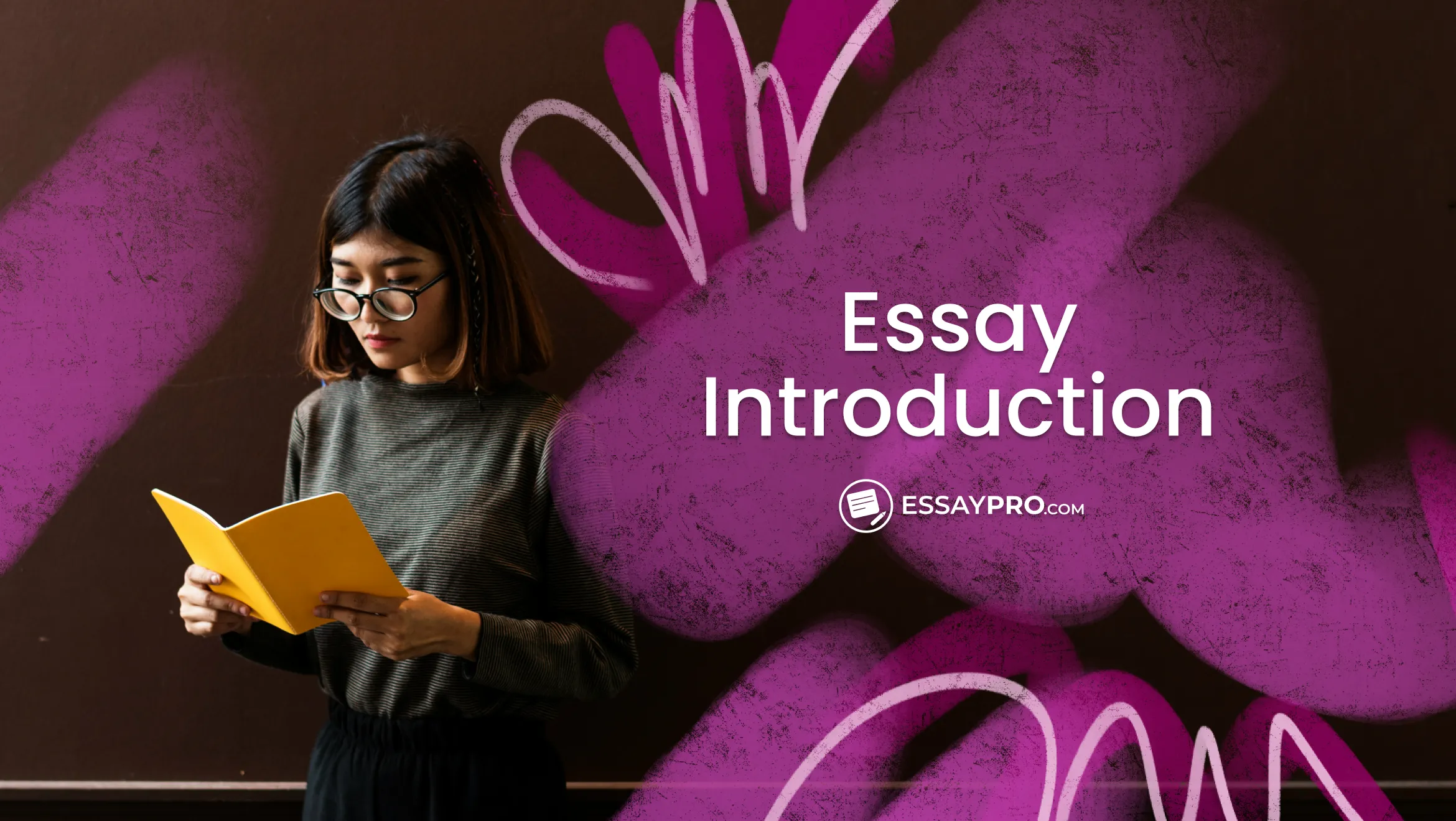“As I sat down to write this article, memories flooded back, each one a brushstroke in the painting of my past…”
That could be the beginning of your personal narrative. Writing it lets you turn your memories and experiences into stories that click with others. This type of writing goes beyond school assignments or essays for college applications; it’s a chance to get really good at sharing your life's events in ways that matter.
In this article, we're going to explore what personal narratives are all about and guide you through a simple seven-step process to create your own. You’ll learn how to pull out moments that make your story stand out and how to tweak your writing until it’s just right. We’ve got practical examples for you to follow along, making sure you have everything you need to tell your story.
What is a Personal Narrative?
A personal narrative is a way to tell your own story. It's a style of writing that puts your experiences front and center, inviting readers into your world. Teachers often assign personal narratives to encourage free, expressive writing.
The personal narrative definition is wider than academic settings, though. . These narratives can also show potential employers who you are beyond your resume. At its core, writing a personal narrative is a form of storytelling, using a first-person perspective to bring real-life tales to life. Whether it's for a grade, a job, or just for fun, it's about getting your story out there.


How to Write a Personal Narrative: Steps
In this section, we'll break down the process into manageable steps, starting with how to zero in on the right topic that speaks about who you are.
.webp)
Step 1. Choosing a Personal Narrative Topic
The first step in crafting your personal narrative is picking the perfect topic. It should be something meaningful to you, something that has not just happened, but also shaped who you are or has a significant story behind it. Here’s how to frame your personal narrative ideas:
- Story Arc: Your narrative is like a mini-movie. Start with setting the scene, build up to the main event, and wrap up with a reflection. For example, if you’re writing about your first solo travel experience, begin with your initial feelings, describe the challenges you faced, and end with what you learned about yourself.
- Thematic Focus: Instead of moving through time, center your narrative around a central theme. Maybe it’s about resilience, and you could link different times you had to be resilient, ending with a major life challenge.
- A Day to Remember: Sometimes a single day can tell a lot about you. Pick a day that was particularly memorable and unpack it from start to finish. Maybe it was a seemingly ordinary day that brought unexpected lessons or joys.
Step 2. Working on Your Personal Narrative Outline
When putting together your personal narrative, starting with a solid outline can help keep your story on track. Here's how you can lay it all out:
- Introduction: Kick things off with a hook that grabs attention, like an intriguing question or a vivid snapshot of a key moment. Set the scene and introduce the main theme.
- Setting and Characters: Give a good sense of where your story is unfolding and who's involved. Paint a clear picture of the backdrop and the key people.
- Plot Development: Lay out the events in the order they happened, or group them around major themes. Build up to your main event, adding conflicts or challenges as you go.
- Climax: This is the high point of your story, where everything comes to a head. Make it a moment that has the most impact.
- Resolution: Wrap up the main storyline, showing how things settled down after the climax.
- Reflection: Spend some time reflecting on what happened. Share what you learned or how you changed because of the experience.
If you're looking for help crafting your personal narrative, consider checking out some legit essay writing services to get professional guidance.
Step 3. Writing the First Draft of Your Personal Narrative
Now let’s move on to the fun part! Don't worry about getting everything perfect right away — the first draft’s goal is to let your story flow naturally:
- Start with Your Hook: Revisit the introduction you outlined and flesh it out. Begin with the attention-grabbing sentence that will make readers want to continue.
- Let the Story Unfold: Follow your outline, but allow yourself some flexibility. As you write, new memories or details may come to mind. Embrace them! Think about what you saw, heard, and felt during these moments. Were you sitting in a sunlit room, listening to the hum of a busy street outside? Maybe you felt the chill of an autumn breeze?
- Stay True to Your Voice: This is your story, so let your unique voice shine through. Whether you're humorous, reflective, or serious, maintain a consistent tone that feels authentically you. Keep the tone conversational and straightforward, as if you’re telling this story to a friend.
Once the first personal narrative draft is done, set it aside for a bit before revisiting it with fresh eyes.
Step 4. Revising Your Personal Narrative
Once the first personal narrative draft is done, set it aside for a bit before revisiting it with fresh eyes:
- Tighten Up the Story: As you go through your draft, focus on making everything clear and to the point. If you’ve talked about how nervous you were before a big event more than once, try to combine those thoughts into one powerful sentence that really captures how you felt.
- Keep Your Tone Consistent: Make sure your voice stays the same throughout the story. If you start off with a casual, conversational tone, like saying, “I couldn’t shake the nerves before my big test,” stick with that style instead of suddenly becoming formal later on.
- Adjust the Pacing: Pay attention to how smoothly your story flows from one part to the next. When you’re describing a key moment, like meeting someone important or going through a major experience, give it the detail and time it deserves. Let those moments develop naturally without rushing.
- Enhance Your Descriptions: Make your imagery more vivid to help the reader visualize your story. For example, instead of just saying, “The room was noisy,” you could say, “The room buzzed with excited chatter.” These small tweaks can make your story feel more alive and engaging.
Step 5. Adding Personal Touches
As you polish your personal narrative, focus on making it uniquely yours. You can include personal reflections on your experiences. For example, if you’re writing about a challenging project, discuss not just the struggle but how it impacted you personally and professionally.
Besides, add unique details that only you can share. Instead of generic descriptions, use specific anecdotes or sensory details, like how the scent of freshly baked cookies from your grandmother's kitchen made you feel nostalgic.
Last but not least, incorporate dialogues or direct quotes from people involved in your story to add authenticity and depth. For instance, if your mentor gave you advice, include their exact words to capture the moment’s impact. This approach will help you understand how to write a personal narrative that is both engaging and deeply personal.
Not sure where to begin? You can always buy a narrative essay from experts who can help shape your story.
Step 6: Editing for Clarity and Style
When you’re editing your personal narratives, the goal is to make sure everything flows smoothly and makes sense. Here’s how to get it just right:
- Clarify Your Message: Check for any parts of your story that might be a bit confusing. If you talked about being excited about a project and then suddenly shifted to its challenges, make sure to connect these thoughts clearly. For instance, you might rephrase it as “I was excited about the project, but I soon faced some unexpected challenges, like tight deadlines.”
- Simplify Complex Sentences: Break down long or complicated sentences. Instead of saying, “My enthusiasm for the project, which was incredibly high despite the difficulties I faced, was the driving force behind my perseverance,” you could simplify it to, “Even though the project was tough, my excitement kept me going.”
- Smooth Transitions: Check how your paragraphs and sections flow together. If you jump from describing a problem to the solution without a clear link, add a transition. For example, “After struggling with the project’s challenges, I realized that asking my mentor for help was the key to overcoming the obstacles.”
Oh, and read your narrative out loud. This can help you spot any awkward phrases or spots where the story might be a bit choppy. It’s a great way to catch any issues and make those final tweaks to get everything just right.
Personal Narrative Prompts
Here are ten personal narrative prompts to get you thinking about different moments in your life:
Need more tips on how to get started? Check out this guide on how to start a narrative essay to kick off your writing with a strong opening.
Personal Narrative Examples
Here are a few personal narrative beginnings to spark your creativity. These snippets are designed to get you started and inspire your own storytelling.
Wrapping Up
As you finish up your story, think about how those moments shaped who you are today. It's not just about what happened, but how it changed you. When learning how to write a personal narrative, it’s important to focus on the moments that truly matter to you and tell them in your own voice. This way, your narrative can really connect with others.
Remember, the best stories come straight from the heart, so trust yourself and let your experiences shine through!
If you're working on a personal statement, you might want to explore a personal statement service that can help you create a compelling narrative.
Turn Memories into Masterpieces
Let us transform your experiences into a beautifully crafted narrative that stands out and makes an impact.
FAQ
How to Start a Personal Narrative?
To start a personal narrative, think about how you can grab your reader’s attention from the first sentence. You might want to begin with a vivid memory, an interesting quote, or a question that sets the stage for your story. The idea is to draw your reader in and give them a hint of what your story will be about, while also giving a glimpse of the lesson or theme you’ll explore.
Can a Personal Narrative be About Anything?
Yes, a personal narrative can be about pretty much anything that’s meaningful to you. It could be a big life event, a small but important moment, a relationship, or even an achievement or failure. The key is that the story is personal to you and shows something about who you are or how you’ve grown from the experience.
What is the Format of a Personal Narrative?
A personal narrative usually follows a simple structure: an introduction, a body, and a conclusion. In the introduction, you set up the scene and introduce the main idea. The body is where you tell the story, describing the events in order and building up to the most important moment. Finally, the conclusion wraps up the story and reflects on what you learned.

Daniel Parker
is a seasoned educational writer focusing on scholarship guidance, research papers, and various forms of academic essays including reflective and narrative essays. His expertise also extends to detailed case studies. A scholar with a background in English Literature and Education, Daniel’s work on EssayPro blog aims to support students in achieving academic excellence and securing scholarships. His hobbies include reading classic literature and participating in academic forums.
- The New York Times. (2020, January 7). Personal Narrative Essay Winners. The New York Times. https://www.nytimes.com/2020/01/07/learning/personal-narrative-essay-winners.html

%20(1).webp)




